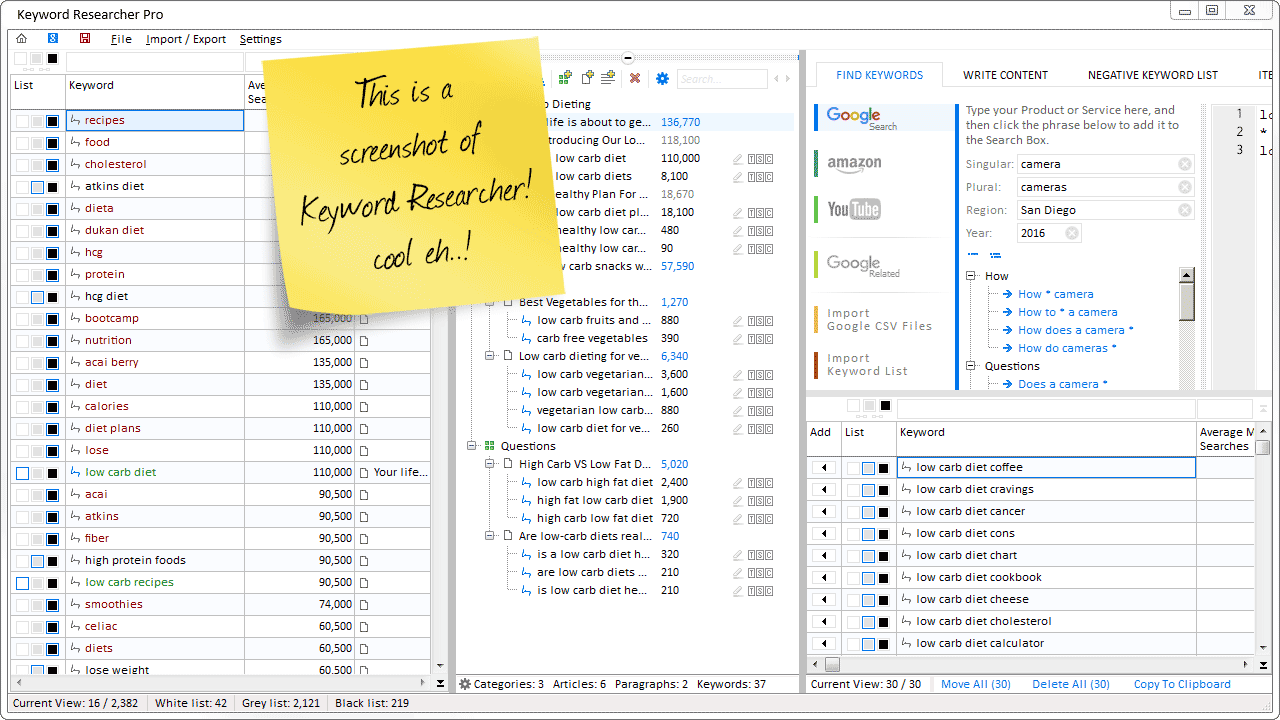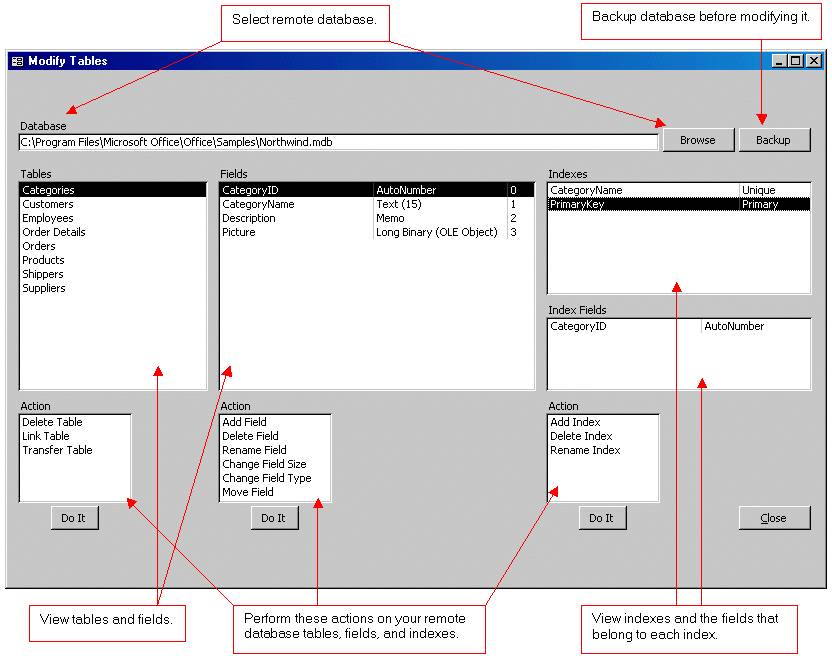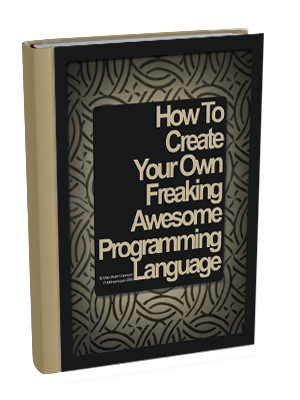YouTube Shorts has had an incredible run since it was first released in 2021. It’s a natural next step for anyone who watches long-form YouTube videos to also watch short-form videos on the platform – and there are nearly three billion of those people.
However, most people don’t engage with short-form content the way they do long-form (I know I don’t). So, YouTube has a big task keeping content engaging.
Rene Ritchie, YouTube’s Creator Liasion, and Todd Sherman, Product Lead for YouTube Shorts, sat down to share how the YouTube Shorts algorithm works (spoiler alert, it’s not the same as YouTube’s long-form video algorithm).
In this article, we'll dive deep into the YouTube Shorts algorithm, drawing insights from these YouTube insiders.
The signals that influence content ranking on YouTube Shorts
Before we get into what the algorithm means for you, it's crucial to understand the signals influencing how your audience sees your content.
- User Engagement: Likes, comments, and shares play a significant role.
- Watch Time: The longer a viewer stays, the better.
- User Surveys: YouTube often asks viewers to rate the content they watch.
Now, these signals impact the algorithm, but the ultimate signal for what users see is what they already like to watch.
When someone opens YouTube Shorts for the first time, the algorithm starts by showing them random, popular Shorts. As the viewer engages – watches, likes, comments – the algorithm begins to build a profile of what type of content they like. It then explores that niche to find the "best" Shorts to serve the viewer. The goal? To keep the viewer on the platform as long as possible.
YouTube Shorts, much like its parent platform, focuses on audience satisfaction. The algorithm is designed to offer content that resonates with the viewer. As YouTube expert Paddy Galloway put it:
Ok, so for people trying to understand the shorts algorithm. This is all you really need to know:
Youtube will personalise recommendations of shorts (i.e look at watch history to see what someone likes) and show enjoyable shorts that hold attention well to them
Recommended Story For You :

Organize Keywords and Import CSV Files from the Google Keyword Planner

The Most Affordable And Easiest User Friendly Page Builder You Will Ever Use!

Instant WordPress Theme That Matches Your Website

Wizard to Manage Remote Backend MS Access Database Tables Fields and Indexes

If you had an aisle-by-aisle grocery list wouldn't you spend less money on impulse items?

everything you need to create a professional corporate look mini-site is there.

Unlock Your Networking Potential with GNS3Vault

Viper Cache Was 77% Faster Than The Competetion

Understanding Stock Market Shorting eBook

